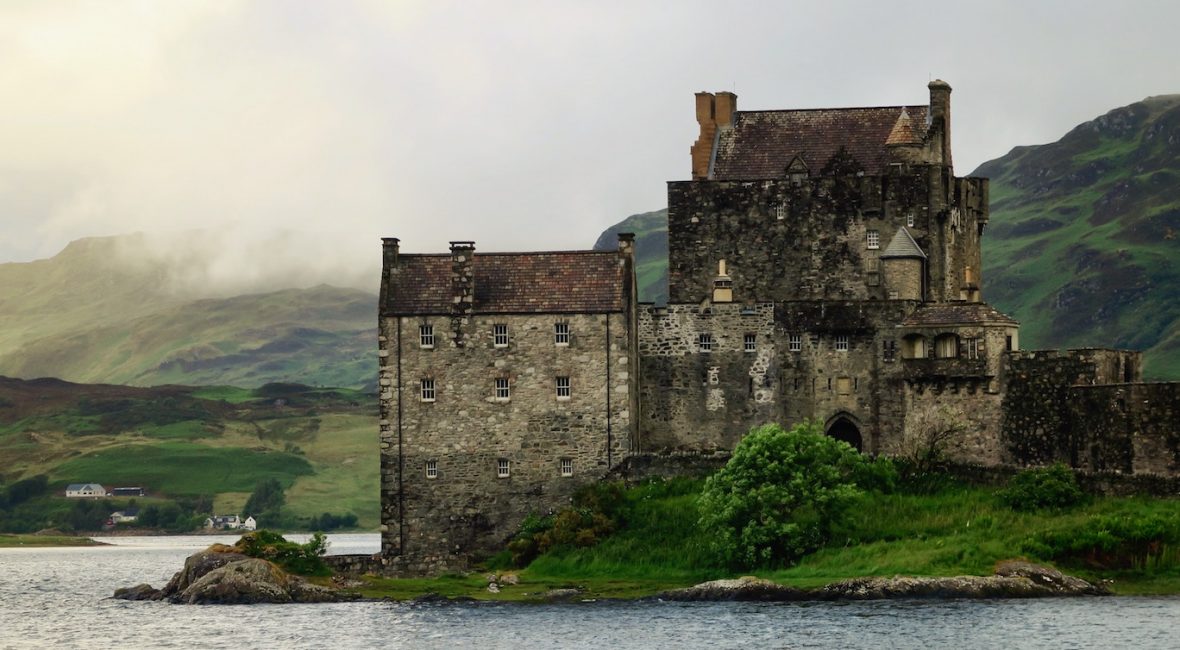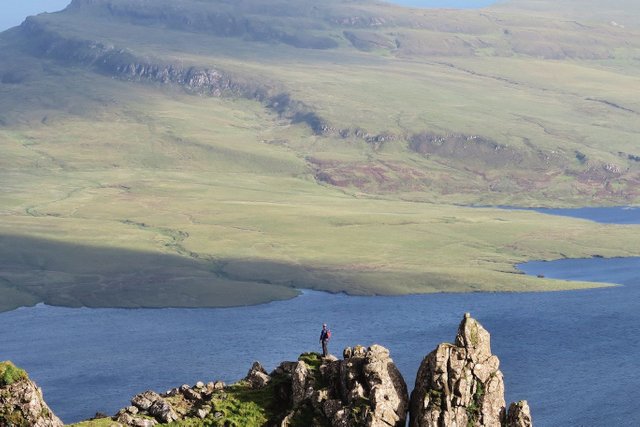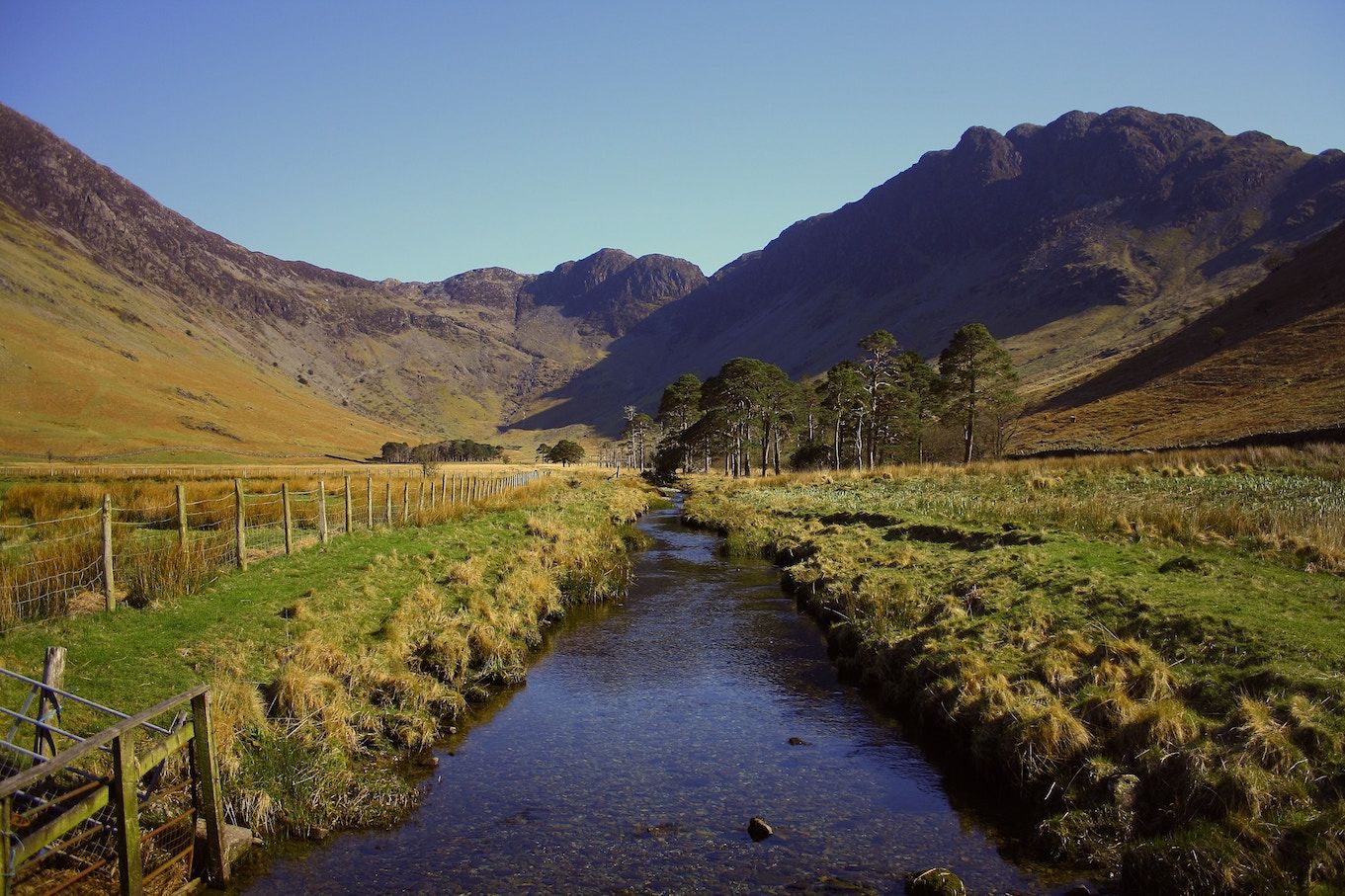Scotch Whisky 101: Understanding Scotch Whisky Regions (Part One)

In last week’s edition of Scotch 101, we covered the key distinctions between Blended, Single Malt, Single Cask and Cask Strength whiskies. Now that you’re clued up, you’re probably salivating at the chance of sampling a fine dram of your first single malt.
But, oh eager whisky connoisseur, we’re not at that stage yet. Chances are, if you’ve been to your local off-license or liquor store lately, you’ll have noticed that there are a lot of different Single Malts on the market. And, that the majority of those Single Malts are labeled by region.
Single Malt whiskies are not dissimilar to fine wines in that they’re grouped by region. There are six Scottish whisky-distilling regions; the Highlands, Speyside, the Islands, Islay, Campbeltown and the Lowlands. Key to understanding the flavor distinctions between various Single Malts is knowing those regions, and the kind of whiskies that they produce.
So that’s what the next two editions of this series are about. Over the course of them, we’ll run down the whisky regions, what you can expect from them, as well as recommending some good bottles to try out.
At this point, we should offer up a disclaimer. While we compared whisky regions to wine regions earlier, whisky regions are not as clear-cut. That’s because, with whisky, the flavor is also determined by equipment and methods used to produce each bottle. Understanding regions is still important to understanding what kind of drink you’re getting, but this is more of a broad guideline than a set-in-stone rule.
Right, with that out of the way, let’s dive into our first three regions: the Highlands, Speyside and the Islands.
Highlands:
Number of Distilleries: over 25
Ranging from north of Glasgow all the way to Thurso, the Highlands is the largest of the Whisky producing regions in Scotland. Unsurprisingly, the Highlands also produces the greatest variety in terms of Whisky flavors, and it’s hard to attribute a particular style to the whiskies of this region.
If we were pressed to put a label on them, (though, as per our previous disclaimer, take this with several grains of salt), Highland whiskies are full-bodied, with deeper notes of peat and smoke, than say, their Lowland counterparts. The Highland region is characterized by wild seas and dense moorland, which, as Flaviar notes, “[create] a breeding ground for powerful peaty drams, whilst still leaving room for floral, silky elegance.”

Photo by George Hiles
Whiskies from the Northern Highlands can take on a more extreme character, which is heathery and spicy. If that sounds like something that suits your palette, then a bottle of Glenmorangie might not be a bad place to start. Dalmore, meanwhile, is a big flavored, sweet and malty, as well as a tad dry.
The further South you go, and the closer to the Lowlands you get, the lighter and fruitier Highland whiskies tend to become. Tullibardine has a sweetness and subtle nuttiness to it, while Edradour is big on smooth, fruity flavors, sometimes with gentle notes of peat.
Speyside:
Number of distilleries: 84
Stretching from Inverness in the west to the watershed of the river Deveron in the east, Speyside is the most concentrated area for distilleries in Scotland. A whopping 60% of the country’s malt whisky distilleries are found here, making it the most densely populated Whisky producing region in the world.
Speyside is a valley of rivers and glens. Due to the location, as well as the low mineral content in the water, Speyside whiskies are very low in peat, if not totally unpeated, meaning that they don’t have the intense smokiness of Highland or Islay varieties.

Photo by Philip Swinburn
Given the sheer range of Speyside distilleries, there are plenty of flavor variations between whiskies from this region. One consistent characteristic, though, is their nutty, fruity sweetness. Other than that, Speysides tend to be broken down into two categories. On one side, you’ve got heavier malts, rich in flavor from the sherry casks that they are distilled in, of which The Macallan is exemplar. On the other, you’ve got the lighter, grassier, so-called “lunchtime” whiskies such as Glenlivet. And of course, we’d be remiss not to mention Glenfiddich, the world’s best-selling Single Malt, known for its creaminess and smooth, mellow finish.
Subtle and smooth, a Speyside is a good choice if you’re unsure what you want from your first bottle. As The Whisky Shop notes, they tend to be “a great ‘entry level whisky’ for those beginning to discover their tastes when it comes to drinking single malts.”
The Islands:
Number of Distilleries: 7
Amongst whisky connoisseurs, debate still rages as to whether the islands count as a distinct whisky region in their own right, or as a sub region of the Highlands. We’ve opted for the former, but don’t be surprised if people try to tell you otherwise.
As the name suggests, these whiskies come from Scotland’s small islands, such as Arran, Jura and Mull in the West and Orkney in the North. Island whiskies are an eclectic mix. Proximity to the sea has a big impact on flavors, which range from light citrusy notes to full-blown peaty smokiness.

Photo by Danka & Peter
Highland Park, from Orkney, is a malty and smoky, sweet tasting whisky, while Talisker, the largest whisky distillery of the islands, produces a spirit that is powerful, peaty, with citrus sweetness and a sea-water saltiness. Jura, meanwhile, is light and fresh, with nuttiness and hints of spice and sea-salt. Arran provides a rush of vanilla sweetness, with distinctive citrus notes cutting a cinnamon spicy-ness.
Defying generic categorization, Island whiskies are worth exploring for the sheer variety of flavors on offer. Full of maritime notes, and ranging from sweet and herbal to smoking and peaty, if you’re looking for a drink that isn’t subtle, and Island malt might be for you.
That’s it for this edition of Scotch 101, but we’ve still got plenty more ground to cover. Next time, we’ll be covering Islay, Campbeltown and the Lowlands and getting to grips with such legendary names as Auchentoshan, Bowmore, Laphroaig and Glen Scotia.
..............................................................
WRITTEN BY JEAN-MARC @ www.themoderndayman.com
Congratulations @pablocaso, you have decided to take the next big step with your first post! The Steem Network Team wishes you a great time among this awesome community.
The proven road to boost your personal success in this amazing Steem Network
Do you already know that awesome content will get great profits by following these simple steps that have been worked out by experts?
the photos are stunning! great job @pablocaso! :)